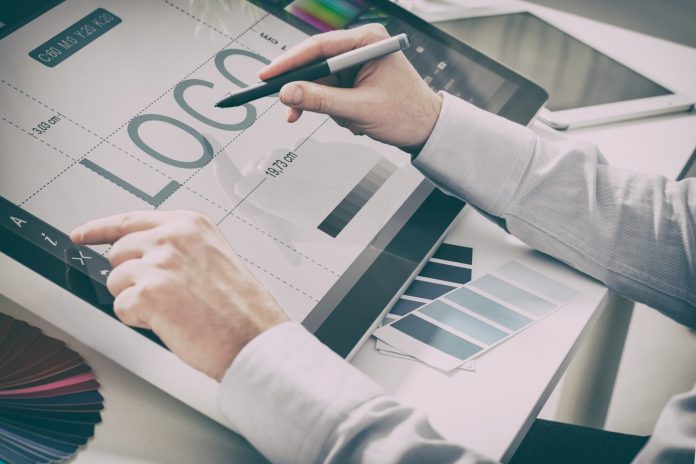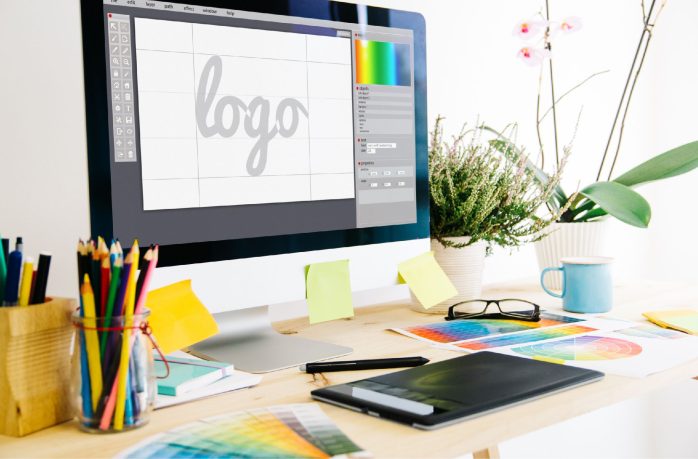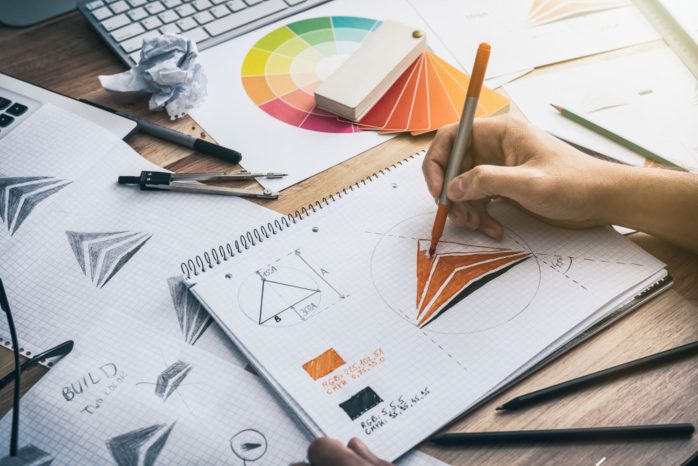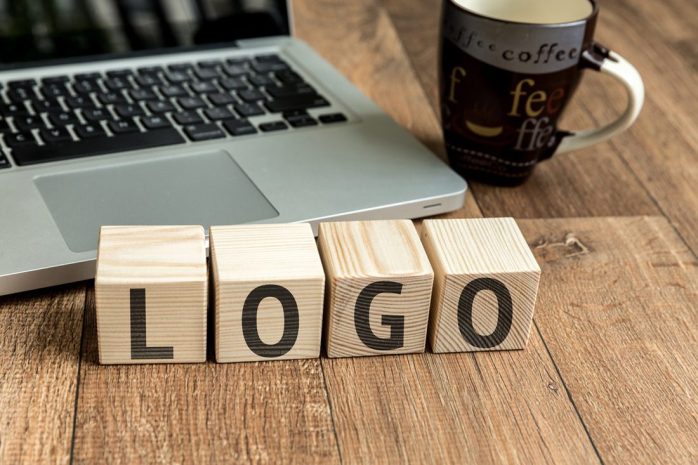
Products and companies are vying for attention in a competitive, offline, and online market. A great logo that conquers consumer attention is a fantastic advantage in business, primarily if it depicts a brand’s core values and essence (at first glance). A brand should be more than a primary logo. It should encompass everything a business represents and be an optical agent for the brand. If you are considering designing a logo, think about hiring a professional to help you with this task. It’s not as simple as you might think. If that’s not an option, this guide will help you understand the nuances of designing an effective logo and the steps you need to implement.
What is a Logo?

A logo identifies a business, its products, employees, services, and more. It’s how a corporation is identified and thought of amidst other brands. Essentially, it acts as the face of your company.
A flawless logo needs to align perfectly with the right product. Examples include the golden arches of McDonald’s, the Michelin Man, and Nike Swoosh. How did they accomplish instant recognition for their creation? You need to keep specific things in mind for a successful design.
Steps to Design a Successful Logo
Designing is about strategy. The result is a visual creation, but most design work is strategic, particularly when you start. Brainstorming and thinking take precedent over drawing anything. Different designers have many methods for their creative process. The following five-step method we will be looking at includes Discover, Explore, Design, Refine, and Define categories.
The first step can be referred to as the question or discovery phase. It’s where you research everything you can about the business you are designing for. Ultimately, it’s not just about a logo but a brand identity. Ask yourself the following questions and write your answers down so you can refer to them during the design process.
- Why do you need a logo? What is the motivation?
- What’s the meaning of your company name?
- Who is the target audience? Who are your competitors?
- How will you measure your success?
- What role models do you have? What kind of logos do you admire?
- What do you want your logo to evoke? What are the values you want to express?
- What are your brand’s characteristics or personality?
- Where will your logo mainly be used?
These questions are just a guideline. Feel free to explore and discover your questions and answers.

The second step is to Explore. Read up on design fundamentals like color, typography, and style. Many designers use color theory for their logo design because different colors stimulate various emotional responses. For example, green gives off emotions like growth, health, and peace. Blue evokes dependability, authority, and trust, so it’s no surprise that credit cards, software, and banks use this for their branding. It’s also a good idea to look at the visual system of competitors. What things stand out, good or bad? Look at the current trends that are happening in the design industry. Some designers suggest creating a mood board that has designs, colors, images, illustrations, photos, logos, and descriptions about them that you feel drawn to. This, of course, can be a physical or digital board. Whatever works better for you. Whether making decisions on your own or dealing with others, this board can be presented to help you pinpoint what direction you want to go in.
The third step is about Design. You take the information from the first two steps and start designing some logos. Before you can do that, you must ensure you have all the tools you will need. Pencil and paper to make physical sketches, design software like Adobe Illustrator (or vector programs like it). You can also download more fonts to give you more options. It’s a good idea to familiarize yourself with the types of logos.
- Word mark
- Brand mark
- Combination mark
- Abstract logo mark
- Letter mark
- Mascot
- Emblems
- Symbols
Many designers like to make a black and white rendition of the logo before the color version. This allows you to play around with reversing it on darker colors. This step will save you aggravation in the future. At the end of this phase, you should have a few logos to choose between.

The next step is Refine. Look at your designs and narrow them down to one, keeping in mind the following. A worthy logo is memorable, simple, and evocative. Where are you going to use your logo? You will primarily use the logo on the company website and social media platforms and through printed materials, recruitment, custom flags, and event banners. Make your life simple by purchasing custom flags and promoting your company brand from Flagdom at https://flagdom.com/custom-flags.
Make sure your logo works on various backgrounds and sizes. Honestly, evaluate all angles to see if your logo will stand the test of time.
The final step is Define. This is about keeping your brand identity’s quality, integrity, and consistency. It’s vital to define guidelines and rules at this point about things like color, size, positioning, orientation, treatment, and more. Ask yourself questions like, should the logo only be placed against specific backgrounds? Does your logo work with photography? If so, should you change the color for it to stand out more? If your logo uses a combination of elements, can they be separated in specific contexts?
Conclusion
It’s a lot of work but doing all this truly helps create the best logo for your business. Designers usually take several weeks to go through all the steps discussed. The idea is to take your time because the final product will echo how much effort you put into the Design. At this point, you will need to be thick-skinned as your logo will be released to the public. Initial reactions to it don’t always measure your logo’s long-term accomplishment or success. Only take beneficial feedback and let the rest dissipate. Remember that your logo doesn’t evolve your brand – it comes down to the people.





